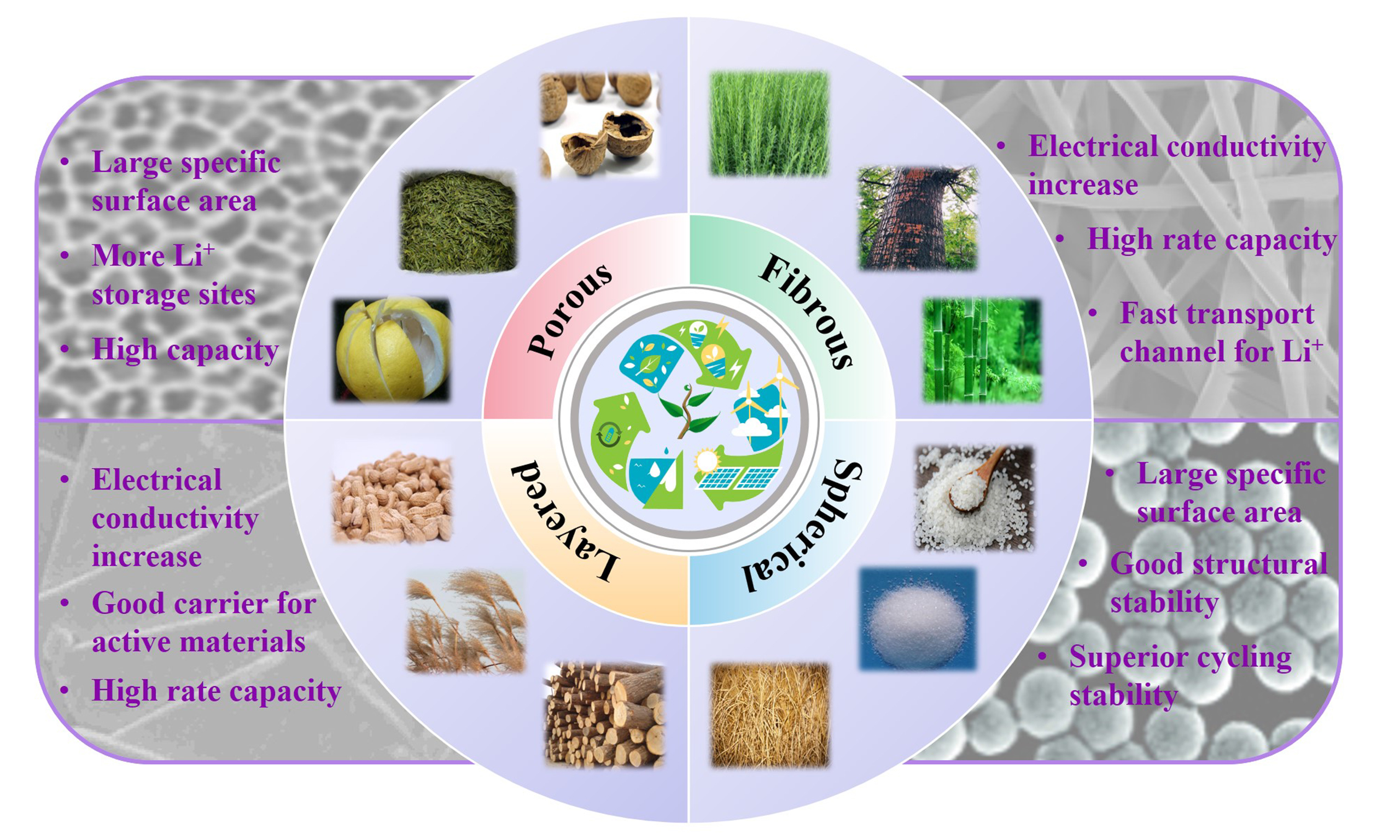
Title: Energizing Infrastructure: How Novel Geopolymer Material Transforms Buildings into Energy Storage Units
In a revolutionary advancement that merges the realms of construction and energy innovation, scientists from France and Spain have developed a cement-like substance that functions as a rechargeable electrochemical energy storage solution. Spearheaded by Vadim Kovrugin from the University of Bordeaux and the University of the Basque Country, the group has unveiled a unique variant of building material that not only supports structures but also contributes to their energy requirements.
“This transcends a mere battery,” Kovrugin clarifies. “It embodies a new material paradigm, wherein infrastructure is not just stationery but actively participates in the energy ecosystem.”
Harnessing Energy: A Breakthrough in Electrochemical Cement
For many years, scientists have investigated methods to enhance building materials for energy storage, primarily through thermal approaches. Portland cement, the most widely used binding agent, has been assessed for its capacity to retain waste heat. Nevertheless, these systems face challenges regarding efficiency and sustainability owing to the substantial carbon emissions produced during cement manufacture.
Kovrugin’s team has adopted a more eco-friendly and technologically advanced method. Instead of relying on conventional cement, which releases roughly 0.9 kg of CO₂ for every kilogram made, they have devised a geopolymer-based substitute utilizing metakaolin—derived from heating the naturally occurring clay mineral kaolinite.
Metakaolin presents considerable mechanical strength and superior ionic conductivity, positioning it as an excellent candidate for multifunctional materials. When combined with an alkaline activation solution, it yields a paste capable of accommodating embedded electrochemical components, effectively converting it into a zinc–manganese battery system.
An Energy-Storing Battery Within a Building Material
The researchers incorporated zinc (Zn) as the negative electrode and manganese dioxide (MnO₂) as the positive electrode within the geopolymer paste. A significant advantage of utilizing metakaolin is its mildly acidic chemical environment, which markedly contrasts with typical alkaline cement matrices. In traditional cement-based batteries, zinc reacts with calcium hydroxide to create calcium zincate, a substance that severely limits reversibility and incurs energy loss.
In contrast, within Kovrugin’s system, the slightly acidic quality of the metakaolin medium allows zinc to remain in ionic form, facilitating a reversible plating and stripping mechanism. This essentially means the battery can be charged and discharged multiple times, opening avenues for it to serve as a genuinely renewable energy storage solution integrated directly within construction materials.
“The utilization of metakaolin-based geopolymers as a solid electrolyte for energy storage marks a significant progress,” states Damian Stefaniuk from the Massachusetts Institute of Technology, a specialist in cement-based energy systems. “As we shift towards renewable energy, the demand for efficient and cohesive energy storage alternatives is becoming increasingly critical, rendering this study especially relevant.”
Durability Concerns in Structural Battery Technologies
Although this innovation exhibits immense potential, several challenges persist—particularly regarding the longevity of the integrated energy storage components. Battery elements are prone to deterioration over time due to the chemical reactions fundamental to electrochemical processes. A recurring challenge in zinc-based battery technologies is hydrogen evolution, which in this scenario leads to the production of hexahydrated zinc sulfate. This byproduct may disrupt the electrode–electrolyte interface, posing risks of fractures within the geopolymer matrix.
To mitigate these issues, the researchers advocate for a modular design in future implementations, enabling individual battery sections to be accessed for maintenance or replacement without compromising structural integrity.
Hydration behavior of the material also plays a crucial role. Like any conventional concrete or composite, precise management of water content is necessary. After 40 days of curing, the team noted significant moisture loss and reduced electrochemical stability. However, increasing water content may threaten mechanical strength. Finding the ideal formulation and refining curing processes are vital for the material’s successful integration into practical infrastructure.
Holistic Energy Solutions: Future Directions
Despite the engineering challenges involved, the potential advantages of multifunctional structural materials are transformative. Integrating energy storage within elements such as walls, floors, or bridges could drastically minimize the space and resources typically allocated for energy systems. Essentially, the building itself evolves into an active part of the power grid.
Kovrugin envisions a future where structural materials are not merely passive weight bearers but dynamic components of an intelligent, responsive, and self-sustaining built environment. “With every advancement,” he remarks, “we edge closer to a reality where walls and bridges are not just stationary constructs, but proactive entities capable of storing energy and assessing their own condition – like detecting cracks or other indicators of structural decline.”
As renewable energy adoption continues to grow, groundbreaking solutions like this geopolymer-based structural battery could significantly influence how we energize our urban landscapes. They point to a vision where architecture and energy converge into a unified, sustainable, and responsive design discipline.